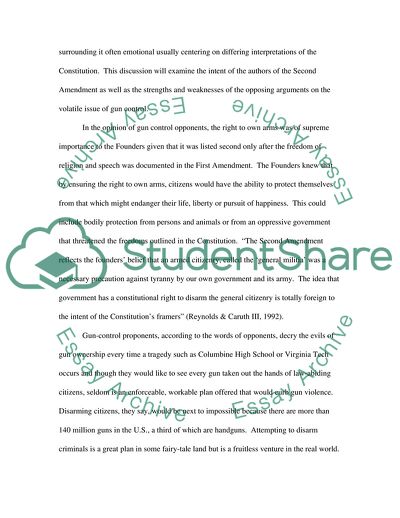Cite this document
(Is the Right to Bear Arms Wrong Case Study Example | Topics and Well Written Essays - 2250 words, n.d.)
Is the Right to Bear Arms Wrong Case Study Example | Topics and Well Written Essays - 2250 words. Retrieved from https://studentshare.org/law/1718304-gun-control
Is the Right to Bear Arms Wrong Case Study Example | Topics and Well Written Essays - 2250 words. Retrieved from https://studentshare.org/law/1718304-gun-control
(Is the Right to Bear Arms Wrong Case Study Example | Topics and Well Written Essays - 2250 Words)
Is the Right to Bear Arms Wrong Case Study Example | Topics and Well Written Essays - 2250 Words. https://studentshare.org/law/1718304-gun-control.
Is the Right to Bear Arms Wrong Case Study Example | Topics and Well Written Essays - 2250 Words. https://studentshare.org/law/1718304-gun-control.
“Is the Right to Bear Arms Wrong Case Study Example | Topics and Well Written Essays - 2250 Words”. https://studentshare.org/law/1718304-gun-control.


